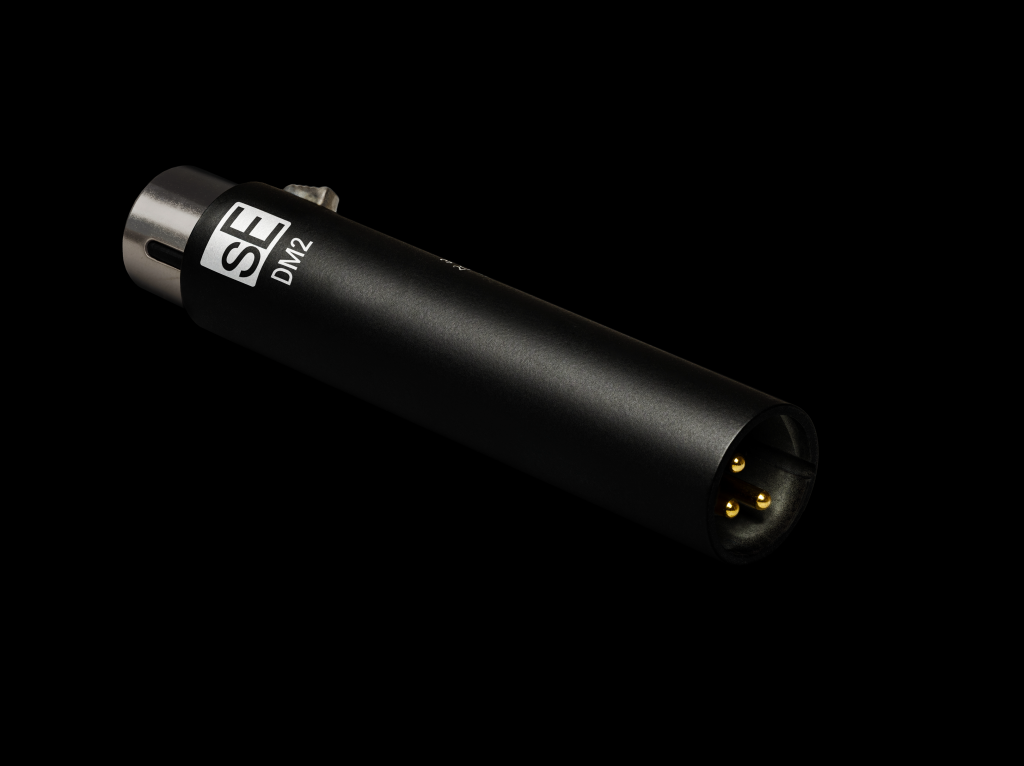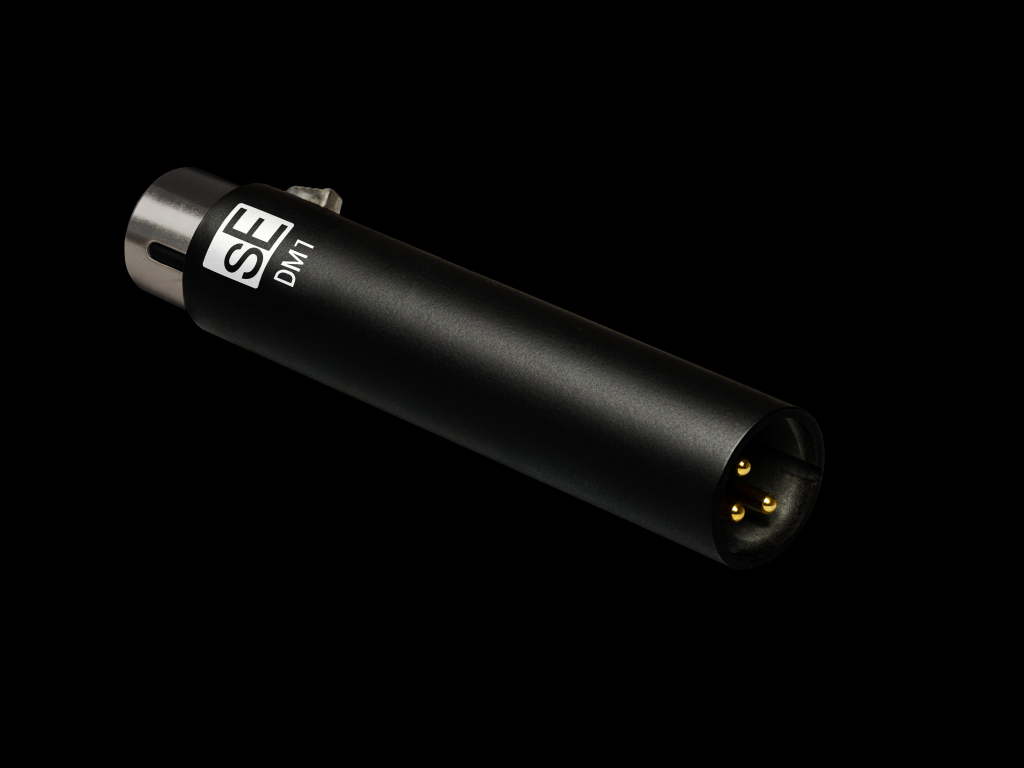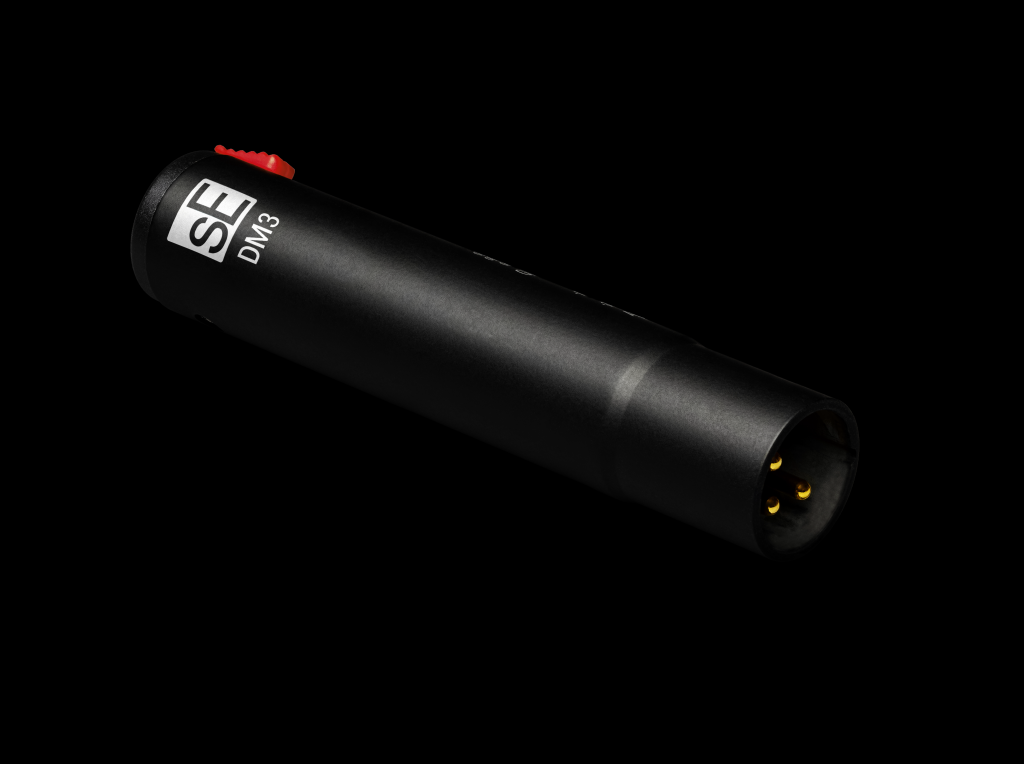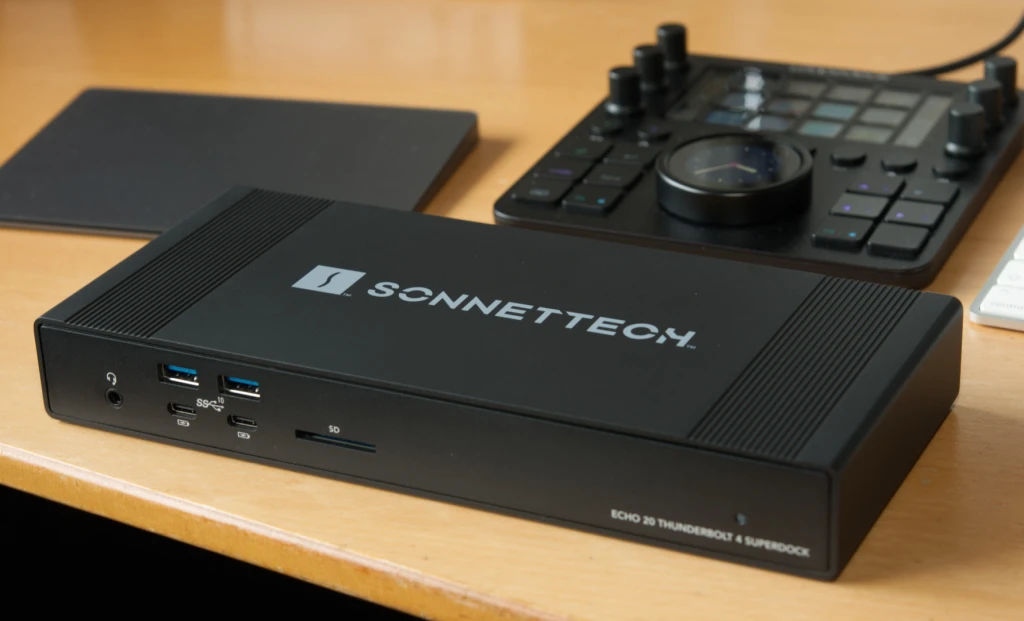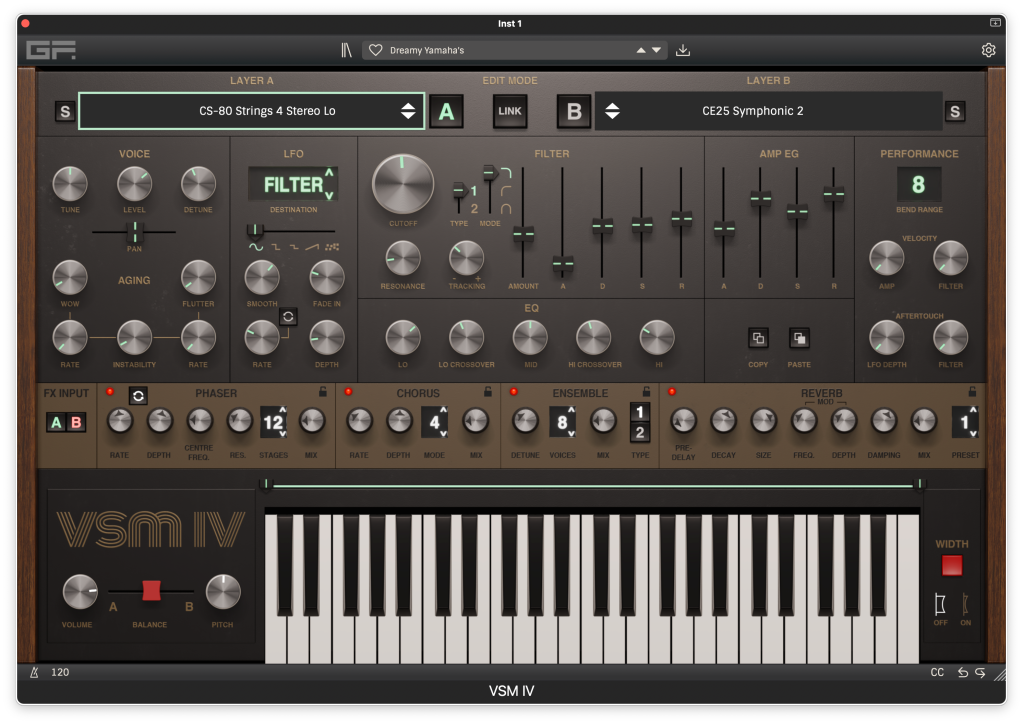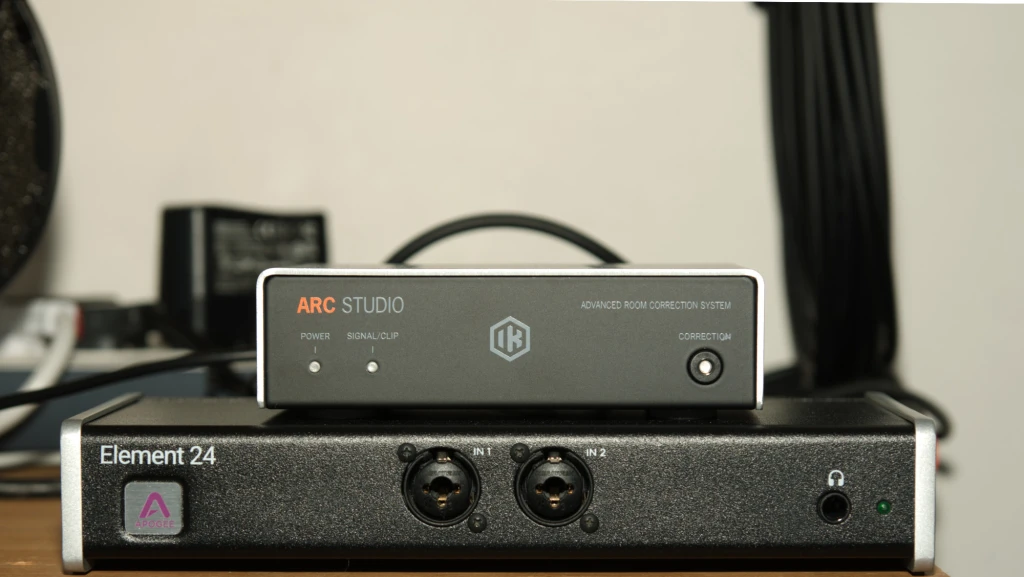You can buy any HDMI cable for video recording to an external monitor/recorder equipped with an HDMI-port and it will do just fine, provided it can handle the HDMI specification you’re shooting with. That is undoubtedly true, but the influence of the quality of assembly and an issue with cable management could make you buy an expensive coiled cable. There’s an alternative that works just as good, though, and it’s much cheaper.
Not all HDMI cables are created equal. Some are more costly than others. I had a chance to test-drive an RU Connected HDMI cable. That cable costs no more than €23 for 1m or €22 for 0.5m. Dirt-cheap in other words.
The RU Connected cables are capable of 4K at 60fps. They’re shielded and wrapped in a cloth sheet. The connectors are made of metal and insensitive to interference. Except for 4K at 60fps, RU Connected HDMI cables support HDR (Rec. 2020) at 4:4:4, 18 Gbps signal speed, HDMI ARC (audio return channel), Dolby TrueHD and DTS-HD Master Audio (uncompressed sound) and 32-channel audio with a total audio bandwidth of 1536 kHz.
Given their price, the question is whether a more expensive cable would be better. First off, digital cables like HDMI and USB cables are not prone to the same quality-degrading influences as analogue interconnects such as the RU Connected RCA cable, which I reviewed here. The only real problem that could occur is a reflection of the signal bouncing back from the end of the cable, creating a spurious signal. Such problems are avoided by ensuring what is termed “impedance matching” and this has no bearing on the cost.
But what about a real-world experience? For example, can you use an RU Connected cable that costs €23 and have as good a user-experience as recording to an Atomos Shogun Inferno using a coiled cable costing north of €100? I took the RU Connected HDMI cable for a ride and what I found was that the user experience has two sides:
- The actual user experience of having a cable that is not coiled but straight and that might be very rigid
- The results of recording with that coiled cable vs. with the RU Connected one.
A coiled cable has but one advantage over a non-coiled cable: it adapts to the distance between the camera’s connector and the recorder’s. Having said that, it only adapts to a relatively short distance, while the RU Connected HDMI cables are flat but — and here’s the catch — they are also surprisingly flexible. In my trials, the 1m RU Connected cable neatly organised itself around the camera and recorder when both were facing the user, while the 0.5m cable was short enough not to be in anyone’s way when the camera faced the opposite side.
With some cameras, that have the HDMI port on the backside of the camera, things could be a little bit different as the RU Connected cable has inline connectors. A 90-degree 4K@60Hz capable adapter from Delock (or another Delock adapter— they have yet others as well) will then be needed to cleanly route the cable.
I was also interested in whether the 1m RU Connected cable could be used to hook up a lightweight GoPro HERO5. Using the 4K@60Hz capable Delock micro-HDMI adapter, I could plug in the RU Connected cable without problems. However, it could have failed as the 1m cable is heavier than a 60cm coiled one, due to the risk of damaging the HERO5 as it “hangs” from the micro-HDMI adapter.
The good news is that the flat design of the RU Connected cable allows for surprisingly efficient routing, preventing the cable from pulling on the micro-HDMI port. Throughout my test recordings the connection proved to be rock-solid. The recorded results were of pristine quality without pixel loss or other artefacts — as I expected from a well-made cable.
Conclusion: why on earth would you shell out over €100 when you can have your cake and eat it for €23…
And I have some additional good news: RU Connected is currently in the final stages of developing HDMI cables that will carry a 18Gbps signal over very long distances. Those won’t go over the counter for €23 but will be very affordable and allow you to capture the HDMI signal on a remotely installed recorder, instead of a recorder/monitor mounted on a camera rig.


